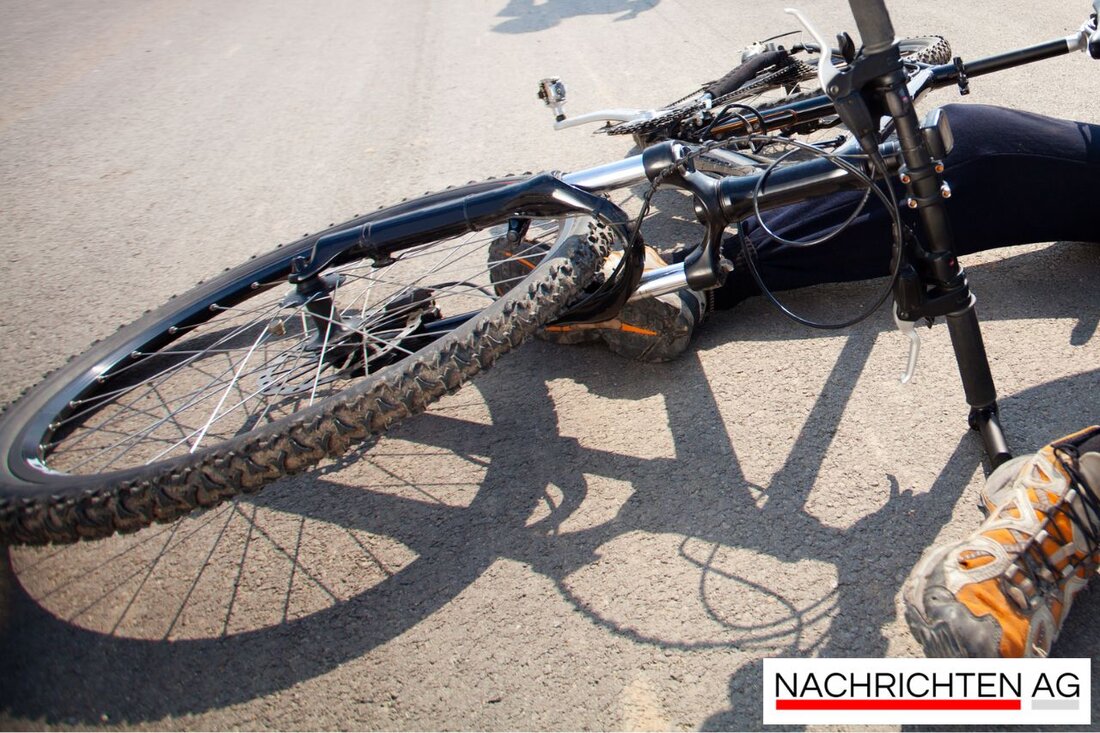Adalbert-Stifter-Straße in Geretsried: diversions necessary from Wednesday!
From June 25th, Adalbert-Stifter-Straße in Geretsried will be closed due to the renovation of the bus stop at the forest cemetery.

Adalbert-Stifter-Straße in Geretsried: diversions necessary from Wednesday!
From Wednesday, June 25th, Adalbert-Stifter-Straße in Geretsried will become a construction site for some time. The city administration has closed this section in order to renovate the street as part of the barrier-free redesign of the bus stop at the forest cemetery. These measures will take at least a week and are intended to improve mobility for all citizens.
How merkur.de reported, traffic on state road 2369 in the direction of Bad Tölz will be regulated as follows during the closure: Drivers are only allowed to drive straight ahead or turn right. Anyone coming from Bad Tölz can also only drive straight ahead or turn left. Drivers traveling north from Adalbert-Stifter-Straße must be prepared to turn left or right, although regular services are exempt from this rule.
The city administration recommends that all road users avoid the area as much as possible. In particular, from Richard-Wagner-Straße or Sudetenstraße, a signposted diversion route leads via Sudetenstraße, Tattenkofener Straße, Johann-Sebastian-Bach-Straße to state highway 2369, then on to the B11 and finally to the Jahnstraße entrance and back to Adalbert-Stifter-Straße. A simple diversion via the B11 is also offered from the direction of state road 2369.
Cyclists, however, don't have to worry; they are not affected by the closure and can use the section as usual.
Barrier-free expansion
The renovation work on Adalbert-Stifter-Straße is not only a question of traffic safety, but also takes into account an important social goal: accessibility. As the State Office for Mobility (LBM) Rhineland-Palatinate explains in a guide on the barrier-free design of traffic areas, public traffic areas should be accessible to all people, especially people with disabilities, without any particular difficulties. LBM highlights that such measures benefit not only people with disabilities, but also parents with strollers or travelers with wheeled luggage.
As part of these barrier-free measures, for example, curbs with a height of at least 18 cm are installed at bus stops to enable access to buses with folding ramps. In addition, tactile floor indicators are already installed in many cities to make orientation easier for visually impaired and blind people. These white panels with ribs and knobs help to navigate safely through the environment and complement the design in accordance with DIN 18040-3, which specifies requirements for visually impaired and blind people. Completely in the spirit of Accessibility Advisory Center The creation of a safe public space is essential to enable all people to participate equally in social life.

 Suche
Suche
 Mein Konto
Mein Konto